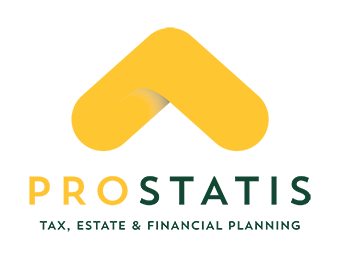It’s a strange time to be in the market; it seems to many investors that nothing is behaving like it should. High risk bonds trade at historically low-yield spreads, the reliable 10 Year U.S. Treasury is yielding around 3 percent (practically nothing, compared to 5 to 6 percent in the early 2000s) and stocks with higher dividend payouts are catching investors’ attentions. On the other hand, many market experts say the bull bond market is about to unravel due to rising interest rates. So which is better – bonds or dividends?
As a rule, risk is much greater with stock dividends than bonds. However, if interest rates rise in the future, bonds stand to lose big. Shorter duration bonds may lose less once rates rise, but reaching for yield doesn’t tend to end well for most folks. That said, dividends generally rise over time, so if you have time on your side, the dividend payments could increase in value. Retirees generally don’t have the time to wait for the market’s cycles to turn in their favor – they need steady income now.
When you need income payments you can count on, bonds are simply more dependable. In the last decade’s financial crisis, some investors lost 40 percent within a few months compared to the 10 percent loss that many bonds experienced. However, while bonds may offer less volatility than stocks, they come with a liability too: they don’t typically come with the same growth potential. It may be tempting in this low-interest rate environment to substitute stock dividends for bonds, but it shouldn’t be an either-or equation.
Of course, the middle-road may offer the best option: a diversified portfolio with some investments subject to market risk, and other investments placed so they are not subject to the risks of the market and are able to lend stability to the portfolio as a whole. When you can combine the potential for growth with a safe base rate of income, you may able to get ahead, or at least not fall behind.























